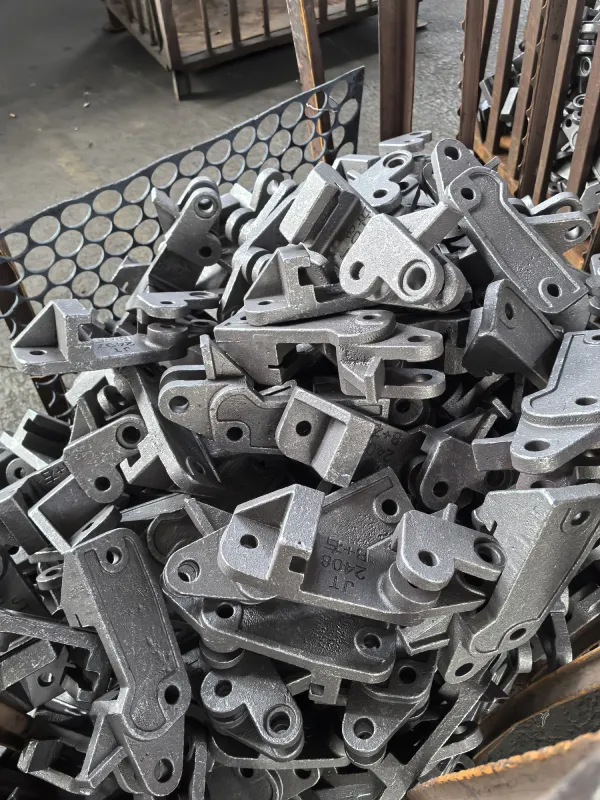- Afrikaans
- Albanian
- Amharic
- Arabic
- Armenian
- Azerbaijani
- Basque
- Belarusian
- Bengali
- Bosnian
- Bulgarian
- Catalan
- Cebuano
- China
- China (Taiwan)
- Corsican
- Croatian
- Czech
- Danish
- Dutch
- English
- Esperanto
- Estonian
- Finnish
- French
- Frisian
- Galician
- Georgian
- German
- Greek
- Gujarati
- Haitian Creole
- hausa
- hawaiian
- Hebrew
- Hindi
- Miao
- Hungarian
- Icelandic
- igbo
- Indonesian
- irish
- Italian
- Japanese
- Javanese
- Kannada
- kazakh
- Khmer
- Rwandese
- Korean
- Kurdish
- Kyrgyz
- Lao
- Latin
- Latvian
- Lithuanian
- Luxembourgish
- Macedonian
- Malgashi
- Malay
- Malayalam
- Maltese
- Maori
- Marathi
- Mongolian
- Myanmar
- Nepali
- Norwegian
- Norwegian
- Occitan
- Pashto
- Persian
- Polish
- Portuguese
- Punjabi
- Romanian
- Russian
- Samoan
- Scottish Gaelic
- Serbian
- Sesotho
- Shona
- Sindhi
- Sinhala
- Slovak
- Slovenian
- Somali
- Spanish
- Sundanese
- Swahili
- Swedish
- Tagalog
- Tajik
- Tamil
- Tatar
- Telugu
- Thai
- Turkish
- Turkmen
- Ukrainian
- Urdu
- Uighur
- Uzbek
- Vietnamese
- Welsh
- Bantu
- Yiddish
- Yoruba
- Zulu
Dec . 05, 2024 21:04 Back to list
Understanding the Benefits and Use of Cast Iron Soil Pipes in Plumbing Systems
Cast Iron Soil Pipe An Essential Component in Plumbing Systems
Cast iron soil pipes have been an integral part of plumbing systems since their inception in the 19th century. These robust pipes are primarily used for the transportation of wastewater and sewage, playing a crucial role in maintaining sanitation and hygiene in both residential and commercial buildings. This article explores the properties, advantages, installation procedures, and modern relevance of cast iron soil pipes.
Properties of Cast Iron Soil Pipes
Cast iron is a ferrous alloy known for its durability and strength, making it an ideal material for soil pipes. Typically composed of 2-4% carbon, along with silicon and manganese, cast iron pipes exhibit excellent resistance to corrosion, temperature fluctuations, and physical impacts. The nominal thickness and weight of these pipes add to their robustness, resulting in a long service life that can exceed 50 years with appropriate maintenance. Their ability to withstand high pressures makes them suitable for both gravity-fed drainage systems and under considerable load conditions.
Another notable feature of cast iron soil pipes is their sound-dampening capability. Unlike PVC or ABS pipes, which can create significant noise when wastewater flows through them, cast iron pipes absorb sound, providing a quieter plumbing solution. This attribute is particularly beneficial in multi-story buildings and residential areas, where noise reduction is a priority.
Advantages of Cast Iron Soil Pipes
One of the primary advantages of cast iron soil pipes is their resistance to fire and extreme temperatures. This characteristic is vital in protecting the integrity of plumbing systems in the event of a fire, as they do not warp or soften under heat, unlike plastic alternatives. Additionally, cast iron pipes can handle a variety of chemicals and are less susceptible to damage from abrasive materials, making them a reliable choice for a diverse range of applications.
The environmental impact of cast iron pipes also deserves mention. They are often made from recycled materials and can be recycled again at the end of their life cycle. This sustainability aspect appeals to modern construction practices that prioritize eco-friendly materials. Furthermore, cast iron pipes have a higher thermal mass, which can help with temperature regulation in buildings, contributing to energy efficiency.
cast iron soil pipe

Installation Procedures
Installing cast iron soil pipes requires careful planning and skilled labor to ensure proper function and longevity. The installation begins with accurate measurements and cutting of pipes, which can be done using specialized tools like pipe cutters or saws. It is essential to maintain proper slopes for drainage, typically around a 1-2% gradient, to facilitate the flow of wastewater.
Marrying the pipes together can be done through several methods, including bell and spigot joints, which provide a strong seal and reduce the risk of leaks. Additionally, using either lead or rubber gaskets for sealing adds an extra layer of protection against water infiltration. Once installed, the system should be tested for leaks before being covered or put into service.
Modern Relevance
In an age where alternative materials like PVC and ABS are gaining popularity, cast iron soil pipes still hold their ground due to their many advantages. While cost-effective options are on the rise, installers often prefer cast iron for high-end residential projects and commercial buildings that demand durability and compliance with strict building regulations.
Despite the rise of modern materials, cast iron soil pipes are often favored in renovation projects of older buildings, where maintaining the historical integrity and adherence to traditional plumbing practices is essential. In these scenarios, the advantages of cast iron can outweigh the initial costs, as its longevity and durability can lead to reduced maintenance expenses over time.
Conclusion
In conclusion, cast iron soil pipes remain a cornerstone of plumbing systems for many good reasons. Their durability, noise reduction properties, resistance to fire and chemicals, and ecological benefits make them a worthy investment in both new projects and renovations. As sustainability and building codes evolve, cast iron pipes will continue to play a significant role in plumbing, ensuring that infrastructure remains robust, reliable, and environmentally friendly. As we move forward, embracing both traditional and modern materials will be essential in shaping the future of plumbing and construction.
-
Premium Cast Iron Water Main Pipe: Durable, Corrosion-Resistant
NewsAug.03,2025
-
Durable Cast Iron Water Mains | AI-Optimized Systems
NewsAug.02,2025
-
High-Efficiency Propane Boiler for Baseboard Heat | Save Energy
NewsAug.01,2025
-
Premium Source Suppliers for Various Gray Iron Castings
NewsJul.31,2025
-
Durable Cast Iron Water Main Pipes | Long-Lasting
NewsJul.31,2025
-
High-Quality Cast Iron Water Main Pipe for Durable Infrastructure
NewsJul.30,2025


